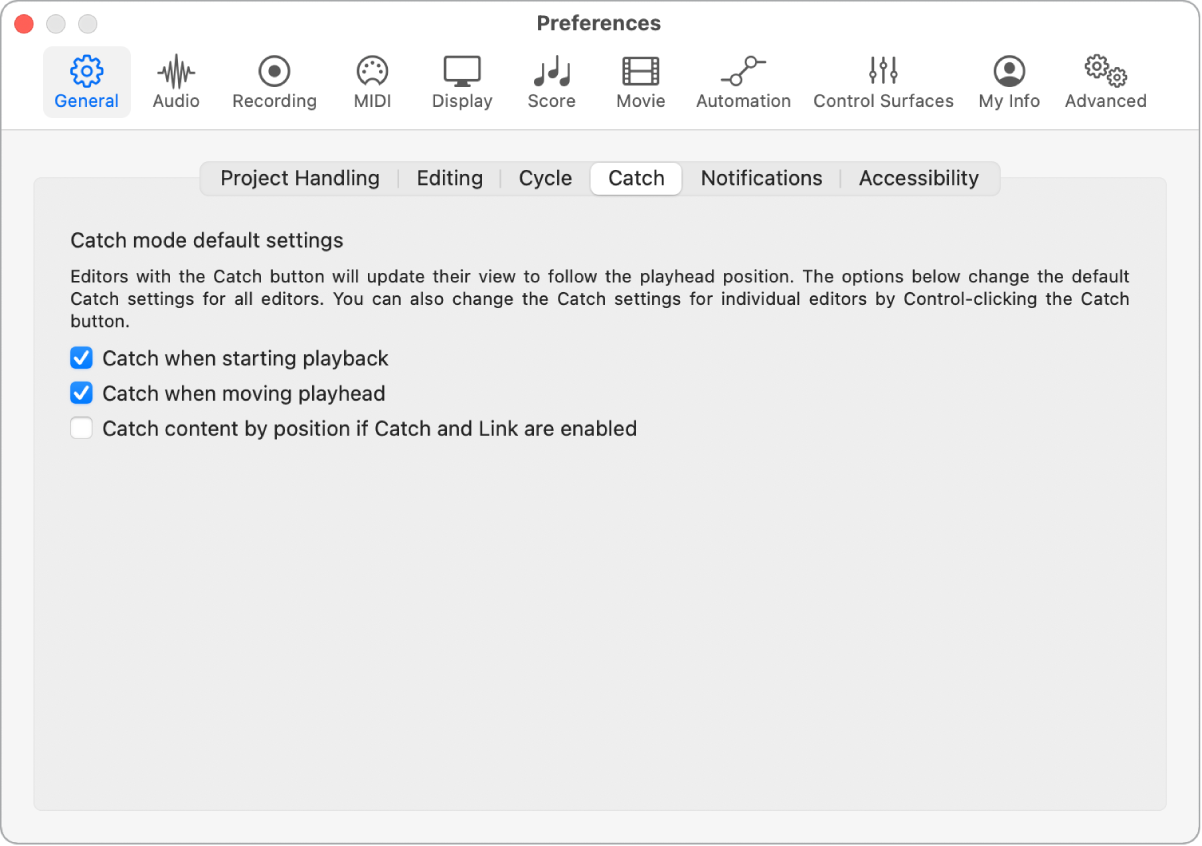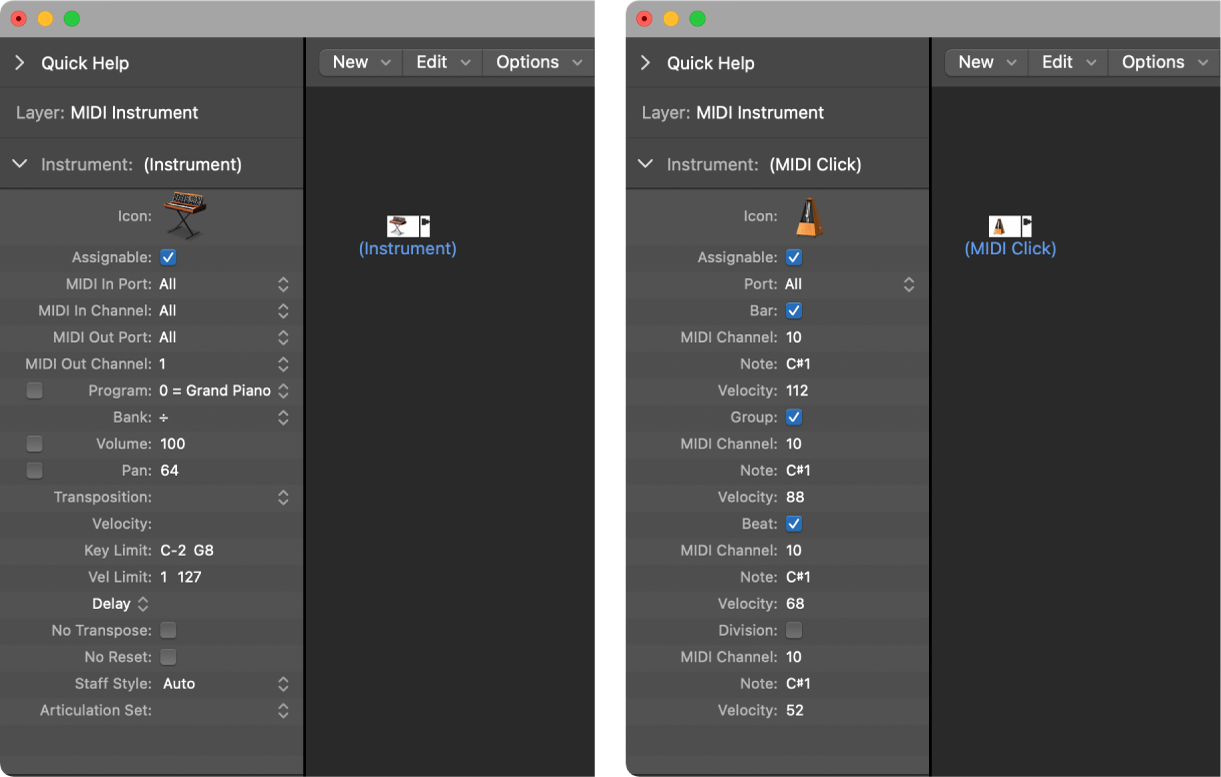

The concrete is laid on top of several things put in beforehand. where you may want to put paths or entertaining areas?ĭoes your drainage system meet the Building Code?

not where you may want to put paths or gardens?Īre the drain holes or pipe vents in locations that will interfere with future use of the grounds, e.g. Is the ground supported during construction?Įnsure the wall is drained behind and waterproofed/tanked if necessary.įootings need to be straight and correctly positioned, though the finish doesn’t have to be smooth.Īre the pipes in the correct position, i.e. Retaining walls must be included in the building consent and signed off. Where can this affect neighbouring properties? Is the hole for excavation staked out correctly?Īre all cut earth faces supported and “cut in”? Materials are installed to manufacturers’ instructions so you get the warranty.įinished construction is protected from the weather. The house is set out correctly on the site. Timber has the correct preservative treatment for its location. Timber is at specified moisture levels on installation. Materials and products match what was specified. We have a load of advice around key things you need to know, some hints and tips and advice around insurances or guaranteeing your builder and their work, financing your project, costs of building and product options that will help your project run smoother, give you what you want and reduce the likelihood of things going wrong… If this is the first page you’ve come to on the Building Guide, have a look around if you’re building or renovating.

Some of this you can do, some of this your designer can do. To help you maintain control over your house construction – and be another set of eyes for mistakes – we’ve put together a comprehensive construction checklist.


 0 kommentar(er)
0 kommentar(er)
